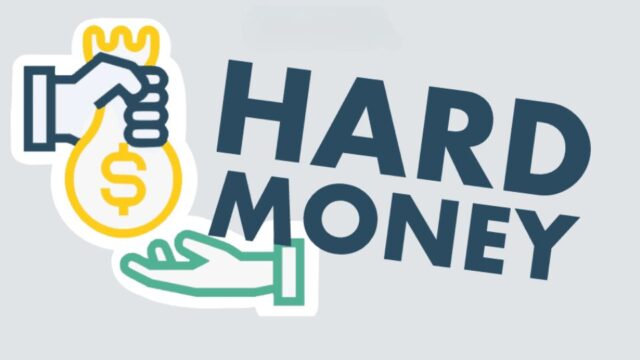
The financial services industry has its terminology that outsiders are not expected to know or understand. Take hard money lending, for example. One of its more obscure terms is the ‘forbearance agreement’. Perhaps one of the reasons most people don’t know about forbearance agreements is the fact that they are utilized so infrequently.
A forbearance agreement is an agreement between lender and borrower arranged after a borrower defaults. It can literally save a property. Lenders are not always willing to offer one, and borrowers do not always accept them. But a forbearance agreement is one way out of a potentially sticky situation.
Page Contents
The Basics of Hard Money

Understanding the forbearance agreement in the hard money industry requires a basic understanding of hard money itself. A hard money loan is funding offered by a private lender and secured by some sort of collateral. More often than not, the collateral in question is real estate.
Salt Lake City-based Actium Partners is a hard money lender that focuses primarily on real estate investments. They fund the acquisition of commercial properties as investors build their portfolios. It turns out that the properties being acquired act as collateral on their respective loans.
Hard money lenders are keenly interested in the value of any property offered as collateral. It needs to be worth enough to cover the amount being requested. Why? Because if a borrower defaults, the lender must exercise its right to obtain the property for the purposes of satisfying the loan.
Lenders Have Different Options
One of the benefits of utilizing hard money to fund real estate transactions is the flexibility it affords. Lenders and borrowers can draw up lending agreements with all sorts of language and stipulations. Whatever works for both is fair game. In the event of default, a lender has different options to look at.
One of those options is a forbearance agreement. A forbearance agreement legally recognizes that the borrower is in default, thus giving the lender the ability to exercise its rights against the collateral. However, the forbearance agreement also stipulates that the lender will not exercise said rights as long as the borrower cures the deficiency and meets any other obligations outlined in the agreement.
The Monthly Installment Example

A perfect example of a workable forbearance agreement involves a monthly installment plan. Monthly installment scenarios are actually pretty common. They are often proposed when loan default occurs at maturity.
Imagine a hard money loan structured as an interest-only loan with a 12-month term. For the first 11 months, the borrower only makes interest payments. At loan maturity, which occurs during the 12th month, the borrower must make a final payment consisting of the last interest payment plus the entire principal. Not making the payment on the maturity date constitutes default.
Why might this happen? Perhaps the borrower was unable to arrange conventional financing as previously planned. Maturity arrives and he does not have the money to pay off the hard money loan. A forbearance agreement might give him an additional 12 months to make good. However, saving the property requires that he make 12 monthly installment payments.
Everyone Can Actually Win

The nice thing about forbearance agreements is that everyone involved in a particular deal can actually come out a winner. Lenders win by virtue of the fact that they do not have to become landlords or sellers.
Borrowers win in the sense that they can keep their properties as long as they can cure their deficiencies. And if there are any tenants involved, they win by not seeing the properties they rent change hands.































